

Medicinal borage is a lively vegetable patch plant with its blue flowers and fuzz-covered stems. This beautiful plant is also full of health benefits for the skin and to alleviate a variety of disorders.
Take a look at what it can do for you, and how to grow it in the garden!
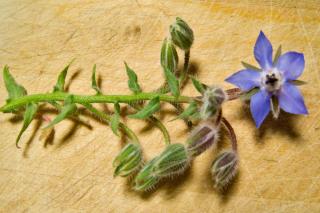
At the tip of each stem, star-shaped blue flowers have five petals. Red-violet stamens form a cone in the middle of the petals.
This plant is a volunteer plant in temperate climates, it usually appears in gardens on its own. A nice place for it is along the edges of the vegetable patch, in particular for its slug-repellent properties!
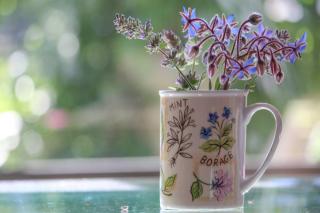
Borage also reduces pain due to rheumatism and menstruation. This beneficial plant enhances digestion, increases energy levels, and soothes cough.
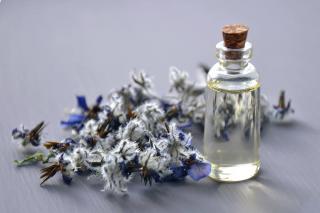
This will help better your skin quality and will reduce pain due to rheumatism. You can also rub it into your skin to soften it. Rub it in soft circles with your hands.
Another possibility is to pick the leaves and flowers and prepare an infusion from them. Toss about ¾ oz (20 g) of dried plant material in 1 quart water (1 liter). Bring to a boil, then steep for 15 minutes. This infusion will work wonders on cough and on patches of irritated skin. It has tonic, laxative and expectorant properties.
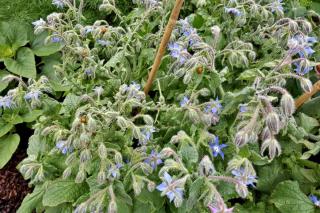
Once you’ve raked out weeds, toss the seeds on the soil with a wide, loose throw of the arm. Cover with a thin layer of soil and drizzle water over it. Keep the soil slightly moist until seeds start sprouting. Once seeds bear 3 to 4 leaves, thin them out, leaving about 16 inches between plants (40 cm). Alternatively, you might want to sow in a seed tray and transplant the nursery pots to the ground once they have 3-4 leaves each.
Like most annuals, borage doesn’t require much care at all. Do go ahead and pinch the tip off when it gets 4 inches tall (10cm). This will trigger branching out, which leads to lusher growth and delays going to seed. Watering is only required for 3 weeks after planting, and then again, if it rains, you don’t need to worry about that at all.
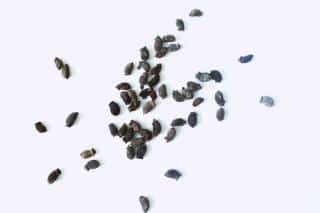
As you harvest, you can also recover seeds for the following year’s sowing! Leaves and flowers can be set out to dry to prepare infusions later on.
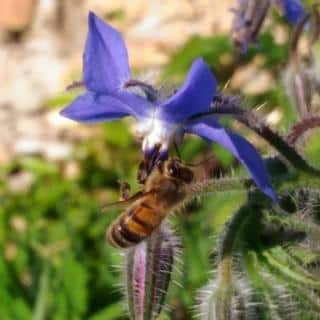
Lastly, borage is an excellent compost activator: it triggers sustained composting activity in the pile.
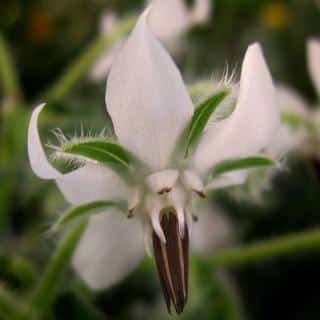
Medicinal properties of the white-flowered variety are identical to those of the more common blue and violet-flowered ones.